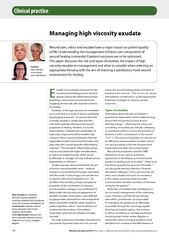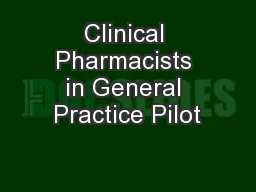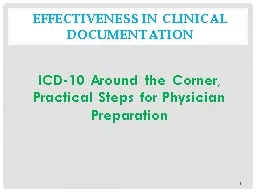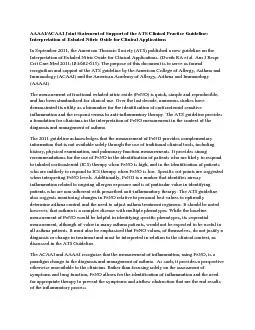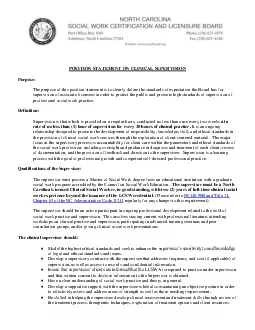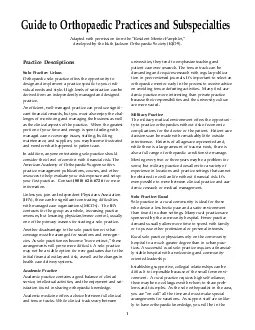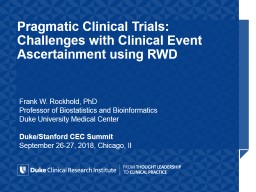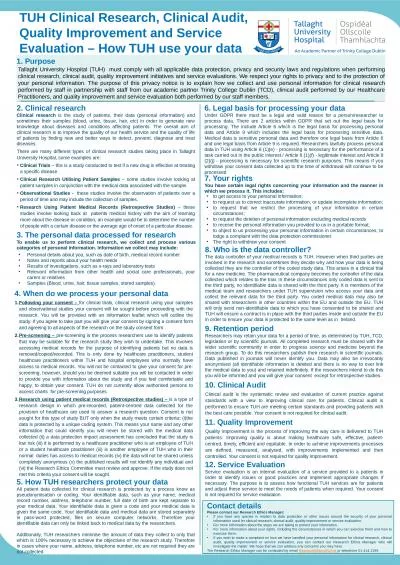PDF-CLINICAL PRACTICE
Author : mia | Published Date : 2022-08-23
USTRALIAN FAMILY Vol 37 No 7 July 2008 ichard O146Brien MBBS PhD FRACP is Clinical Dean and Associate Professor Austin and Northern Health Clinical Schools University
Presentation Embed Code
Download Presentation
Download Presentation The PPT/PDF document "CLINICAL PRACTICE" is the property of its rightful owner. Permission is granted to download and print the materials on this website for personal, non-commercial use only, and to display it on your personal computer provided you do not modify the materials and that you retain all copyright notices contained in the materials. By downloading content from our website, you accept the terms of this agreement.
CLINICAL PRACTICE: Transcript
Download Rules Of Document
"CLINICAL PRACTICE"The content belongs to its owner. You may download and print it for personal use, without modification, and keep all copyright notices. By downloading, you agree to these terms.
Related Documents


